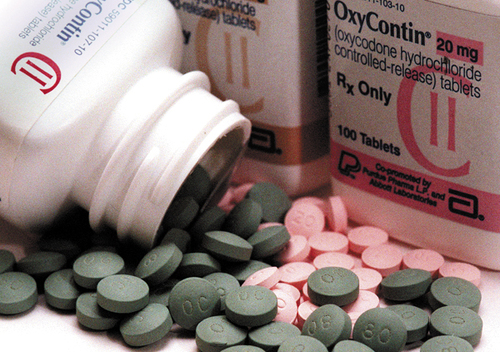The Trump administration’s latest attack on immigrants uses medical care as a tool to deny visas to all but the wealthiest applicants. In a proclamation issued last Friday, October 4, the government announced that it will require those seeking a visa to enter the United States to prove that they will have health insurance within thirty days of arrival or the funds to pay for medical expenses. The proclamation, which is set to take effect on November 3, will primarily affect immigrants sponsored by family members and recipients of the diversity visa lottery program. Experts estimate that it could bar 375,000 people each year who qualify under the current system, blocking nearly two-thirds of those who apply for green cards from abroad.
The proclamation doesn’t outline standards for deciding how those seeking visas would satisfactorily demonstrate financial means; it will be up to consular officials to make the determination. But it does specify the types of insurance that will count toward the requirement that an immigrant have health insurance once in the United States. Unsubsidized marketplace (ACA) plans, employer-provided coverage, short-term plans, association health plans, and catastrophic plans will all count; Medicaid and subsidized marketplace plans will not.
As its rationale, the Trump administration cites high uninsured rates among immigrants, which result in care for which hospitals and providers go uncompensated; these costs, it claims, are passed on to “the American people” in the form of higher taxes, higher premiums, and higher costs for medical care. In fact, studies have not shown that the costs of uncompensated care result in higher insurance premiums for the insured. Hospitals bear much of the burden, with the federal government picking up most of the tab.
It is true that immigrants are more likely than citizens to lack health insurance: 23% vs. 8% for non-elderly, legal immigrants, according to the Kaiser Family Foundation. But immigrants, overall, have less access to health insurance than those born in the US. Legal immigrants, for instance, are subject to a five-year waiting period for Medicaid.
The Trump administration’s ruse of using health insurance to restrict legal immigration is completely nonsensical as a strategy to hold down costs. It is, instead, a barely disguised attack on people of color and the working and middle classes. If the administration were genuinely interested in reducing the cost of health care, it would stop its constant undermining of the Affordable Care Act and its support of states’ efforts to trim Medicaid rolls by, among other things, imposing additional eligibility requirements. States that expanded Medicaid under the ACA actually had a greater decline in uncompensated care costs and a reduced risk of hospital closures than non-expansion states.
Medical care and insurance premiums are undoubtedly too expensive, and the Affordable Care Act does nothing to address escalating costs. Due to political pressure, the Affordable Care Act passed without a public option. Instead, twenty-three non-profit coops (Consumer Operated and Oriented Plans) were supposed to serve as a check on prices. The coops ran into financial trouble almost immediately. Many set their premium prices too low and found themselves with large pools of patients who needed more expensive care than anticipated, while others had trouble attracting subscribers. $10 billion in grants promised by lawmakers turned into $3.8 in loans several years later. By early 2019, nineteen of the original twenty-three coops had failed, leaving just four in operation. Furthermore, while the coops might have served as a control on the price of insurance premiums, they did nothing to address directly the cost of care: medications, diagnostic tests, surgical procedures, emergency room services, and so on.
The solution is not to force immigrants to pay out-of-pocket for needed care or to purchase bare-bones coverage to meet an arbitrary governmental requirement. Rather, the goal should be to reduce costs and expand access to affordable coverage so people who need medical attention can get it at rates they can actually pay. If the real problem is high costs and high prices, then the administration should work on bringing these down for everyone. Blaming immigrants for the failures of our health care system is neither a sound public health strategy nor a viable immigration policy.





